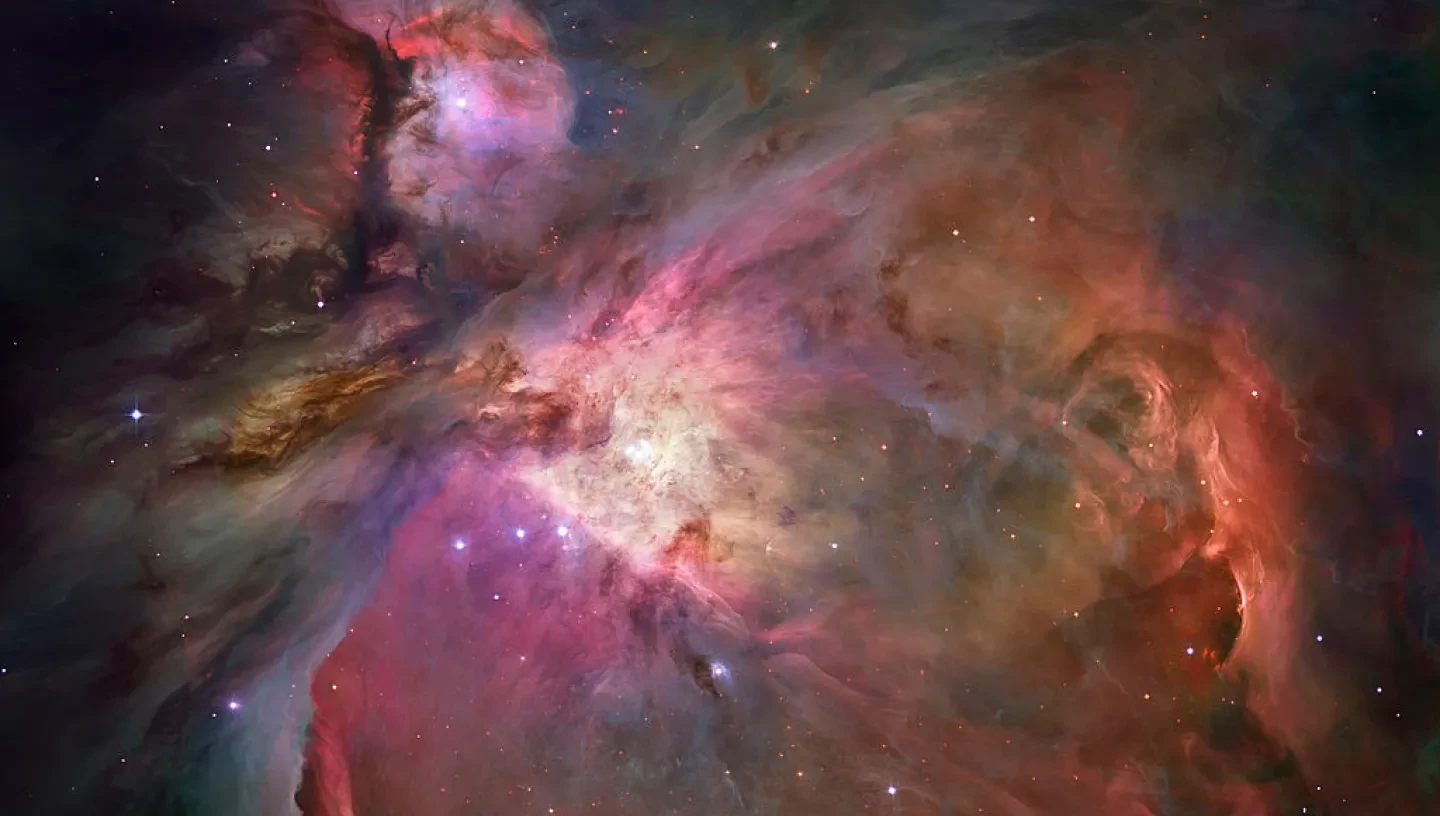
What happens when all the stars die?
When did the universe start, how come it has all the elements it has and what happens when it’s all over?The force of gravity drives the evolution of stars from birth to death. During this process, many of the elements we know in the periodic table are built out of hydrogen and helium. These elements are returned to interstellar space either gently through stellar winds and planetary nebulae or, more dramatically through the huge explosions we call supernovae.
Three minutes to make a universe
There was a short time, between one and three minutes after the creation of the universe, when the temperature was similar to the interior of a star and hydrogen was converted into helium. After three minutes the rapidly expanding universe was too cold and the reactions stopped, leaving 98 atoms of helium for every 1000 of hydrogen and a very small amount of lithium.
Perhaps a thousand million years later the first, now cool, clouds of gas collapsed to form the first generation of stars. Some of these stars would have become supernovae within a few million years and contaminated the pristine gas clouds with the first smattering of heavy elements.
Middle-aged universe
Thereafter the situation was very much as we find it today, with the clouds of gas and dust collapsing to form stars with a range of masses. The heavy stars and some of the double stars become supernovae, while the lighter stars become planetary nebulae. Each steadily increases the proportion of heavy elements in the clouds, out of which new stars will be born.
This process had been running for about 8000 million years before our Sun and solar system were born 4560 million years ago. If our Sun had been born much earlier then there might not have been enough heavy elements around to form our planet and ourselves.
Cosmic dump
Not everything is recycled, what isn’t ends up in the 'cosmic ash heap'. Into this go the neutron stars and black holes from the heart of Type II supernovae. Also included are the brown dwarfs, stars so small that they are destined to glow faintly and then slowly fade away. The white dwarfs, which first appear in the centres of planetary nebulae, at temperatures of 100,000K will also slowly fade away. Some planets are consigned to the cosmic ash heap but those too close to their parent stars will be returned to interstellar space when their stars become red giants.
What the universe is made of
Although the process of star birth and death has been running for almost the age of the universe, about 13,000 million years, only 5% of all stars ever born have evolved past the stage of converting hydrogen into helium.
The process of element production is also quite slow. Today, for every million atoms of hydrogen and 98,000 of helium, there are 850 of oxygen, 400 of carbon, 120 of neon, 100 of nitrogen, 47 of iron and 2 of sodium and fewer than 100 of all the other elements put together.
Gravity wins, everything is over
Eventually the cycle of star birth and death will come to an end. Gravity will have won, a victory delayed by the ability of stars to call on the resources of nuclear fusion. But ultimately, gravity will reduce all stars to a super-dense state as black holes, neutron stars or cold white dwarfs. We already see galaxies in which the stars all appear quite old and there no longer seems to be any interstellar gas out of which to build new stars.
Long before our galaxy gets to this stage it will collide with our nearest neighbour, the Andromeda galaxy. In this collision, forecast to occur in 6000 million years time, the two galaxies will combine bringing fresh dust and gas and stirring up many new bursts of star formation, like we currently see in Orion.